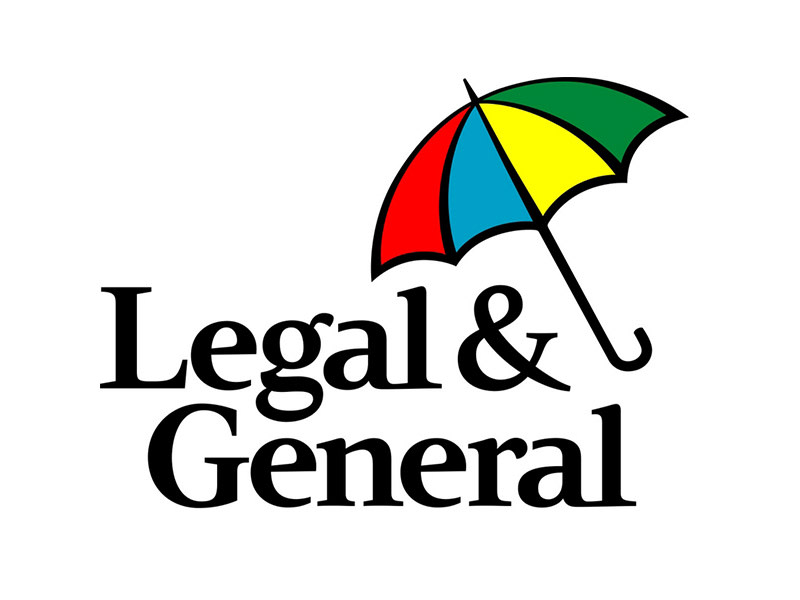Legal & General is one of the UK’s leading providers of passive funds
The fund provides broad exposure to a mixture of global inflation-linked bonds
It’s a simple, low-cost way to track the Bloomberg World Government Ex UK Inflation Linked Bonds Index
This fund doesn’t feature on our Wealth Shortlist of funds chosen by our analysts for their long-term performance potential
How it fits in a portfolio
Inflation-linked bonds are different to conventional bonds as their returns and income payments are linked to a measure of inflation. They are designed to help protect investors from the risk of price increases and should retain their real value over time.
The Legal & General Global Inflation Linked Bond Index fund invests in a range of inflation-linked bonds issued by governments all over the world, excluding the UK. They are issued in the local currency of the country and are linked to the rate of inflation in that country.
An index tracker fund is one of the simplest ways to invest, and this fund could be a low-cost option for investors seeking protection from inflation risk. It could be a good addition to a more conservative portfolio or could diversify one that is focused on shares or corporate bonds.
Manager
Legal & General has been running index tracker funds for over 30 years and is one of the largest providers of tracker funds. That means it’s got the resources and expertise to track indices as closely as possible, and the scale to keep charges to a minimum.
Each fixed income index fund at Legal & General has a primary and secondary manager, though in practice the team as a whole helps to manage each fund. Alongside the wider team, Tim Beaven is the primary manager responsible for this fund. He started his career with Legal & General in 1980 and has over 30 years’ experience covering all aspects of cash, currency and bond fund management. Malcolm McCabe is the secondary manager. He joined Legal & General in 2011 from Capital Group Research, where he was a Senior Assistant Fixed Income Portfolio Manager.
Process
This fund aims to track the performance of the Bloomberg World Government Ex UK Inflation Linked Bonds Index (Hedged GBP). It aims to invest in every bond in the index and in the same proportion. This is known as full replication and helps the fund to closely match the performance of the index.
The fund currently invests in around 120 government bonds with varying maturities. At the end of March 2024, two thirds of the fund was invested in the US, with the rest made up of bonds issued by governments in countries such as France, Italy and Germany, but excluding the UK. The fund may invest more than 35% in bonds issued by a single government, which can increase concentration risk.
The team uses currency hedging to convert overseas currency bonds back to sterling. The prices and income of global bonds can fluctuate alongside foreign currency movements, adding volatility for UK investors. By using hedging, investors could experience less extreme price movements over time, which helps smooth returns. This can be achieved by using derivatives which can add risk where used.
In any index tracker fund, costs drag on performance and higher costs can lead to a bigger tracking difference between the fund and its benchmark. Legal & General use different strategies in an attempt to keep costs as low as possible. For example, they will try to reduce trading within the fund as it drives up costs.
If a new government bond is added to the underlying index, the team may wait before buying it for the fund. Not buying on the day a bond is issued can reduce costs which helps keep the fund in line with its benchmark.
Legal & General is a conservative tracker fund manager. They don't lend investments in their fixed income funds like some other companies do.
Culture
Legal & General has continued to develop their passive fund range over the last three decades. They manage around £482bn in tracker funds, allowing them to offer a wide range of index-tracking options.
They’ve built a team of experienced passive fund specialists and they’re innovative too. If an index doesn’t exist for a sector they’d like to track, they’ll often work with index providers to create one so they can track it.
The team running this fund works closely with various risk departments across the business. We believe this provides support and adds challenge where appropriate.
Employees are also encouraged to participate in Legal & General’s sharesave scheme which should encourage them to be more engaged with the growth of the company. In addition, a portion of portfolio managers’ bonuses are invested into the funds they manage. By doing this, their interests are further aligned with the investors in the fund.
ESG Integration
Legal & General Investment Management (LGIM) is predominantly a passive investor, but we are impressed with the extent to which they have woven Environmental, Social and Governance (ESG) factors into their culture. Being a mostly passive fund house hasn’t stopped them being innovative when it comes to ESG.
In May 2019, the firm launched its ‘Future World’ range of funds. These funds track indices that increase investments in companies that score well on a variety of ESG criteria – from the level of carbon emissions generated, to the number of women on the board and the quality of disclosure on executive pay. They also reduce exposure to companies that score poorly on these measures.
In 2019, LGIM established its Global Research and Engagement Platform, which brings together representatives from the investment and stewardship teams, in order to unify their engagement efforts. Engagement is conducted in line with the firm’s comprehensive engagement policy. A detailed description of the firm’s engagement and voting activity (including case studies) is available in its annual Active Ownership report.
LGIM’s Stewardship team is responsible for exercising voting rights globally, both for LGIM’s active and index funds. Voting decisions are publicly available through a tool which allows a user to search for any company to find out how LGIM voted.
As the Legal & General Global Inflation Linked Bond Index is a passive fund that aims to match the returns of a specific index, it doesn’t incorporate ESG analysis.
Cost
The fund has an annual ongoing annual fund charge of 0.23%, but a discount of 0.10% is available for HL investors, which reduces the charge to 0.13%. Our platform charge of up to 0.45% per annum also applies, except in the HL Junior ISA, where no platform fee applies.
Performance
Since launch, the fund has tracked the Bloomberg World Government Ex UK Inflation Linked Bonds Index (Hedged GBP) well. As expected of index funds, it’s fallen behind the benchmark over the long term because of the costs involved in running the fund. However, the management tools used by the managers have helped to keep performance as tight to the index as possible.
The fund invests in inflation-linked bonds, which are sensitive to changes in inflation rates in the countries in which they are issued. Their values may fall when inflation rates fall, as the protection they provide becomes less attractive. When inflation is negative, which means that prices of goods and services in the economy are declining, inflation-linked bonds may underperform conventional bonds. During the last 12 months, inflation has been on a downward trend, but it is still positive and above target for most countries around the world.
Central banks often react to high inflation by raising interest rates, which is what we have seen over the past couple of years. As interest rates rise, we would expect the price of bonds to fall and vice versa. During the last year, interest rates have stabilised at high levels, and it is widely expected that the next move will be down rather than up in most countries.
Over the last 12 months, the fund has continued to track its benchmark closely and returned 1.09%*. Given Legal & General’s size, experience and expertise running index tracker funds, we expect the fund to continue to track the index well in the future, though there are no guarantees.
Inflation-linked government bonds are offering attractive yields, at levels which haven’t been seen since 2008 in the US. They are however typically lower when compared to conventional bonds as investors also receive the benefit of inflation protection. The yield for the Legal & General Global Inflation Linked Bond Index was 3.5% as of the end of March. Yields aren’t guaranteed and shouldn’t be considered a reliable indicator of future income.
Annual percentage growth
Mar 19 – Mar 20 | Mar 20 – Mar 21 | Mar 21 – Mar 22 | Mar 22 – Mar 23 | Mar 23 – Mar 24 | |
|---|---|---|---|---|---|
Legal & General Global Inflation Linked Bond Index | 4.43% | 6.58% | 4.94% | -7.67% | 1.09% |


